

Max Davies
2025 Toyota Corolla SX review
5 Days Ago

Senior Contributor
Audi’s answer to the Mercedes-Benz A-Class sedan and newly-launched BMW 2 Series Gran Coupe has now entered its second generation.
The new A3 sedan sports similar proportions to its handsome predecessor, complemented by a buffer stance. Audi also says it has thoroughly updated the cabin tech, and extracted efficiency gains from the engines.
This new iteration is 40mm longer, 20mm wider and 10mm taller than the previous version, but sits on the same-size MQB wheelbase. Audi claims it offers 20mm more front headroom, though the 425L boot is unchanged.
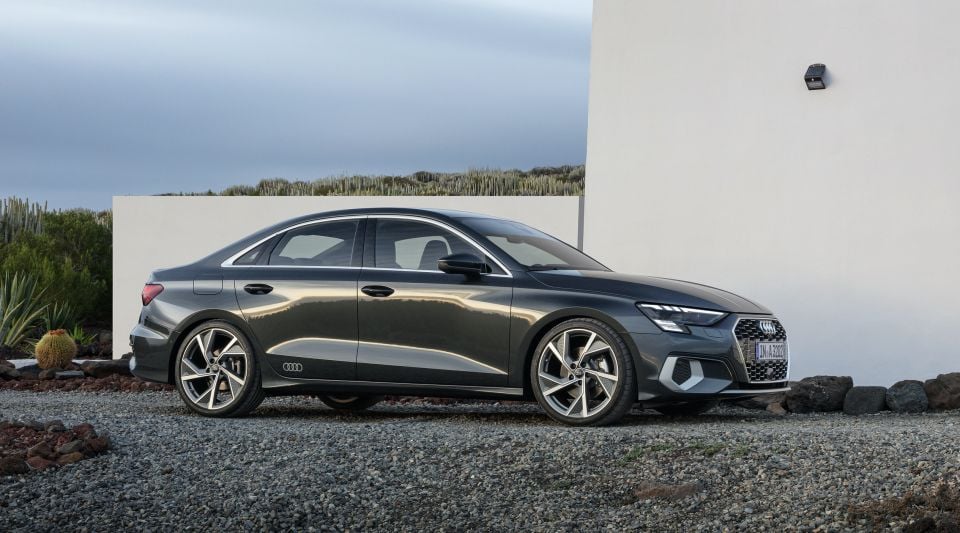
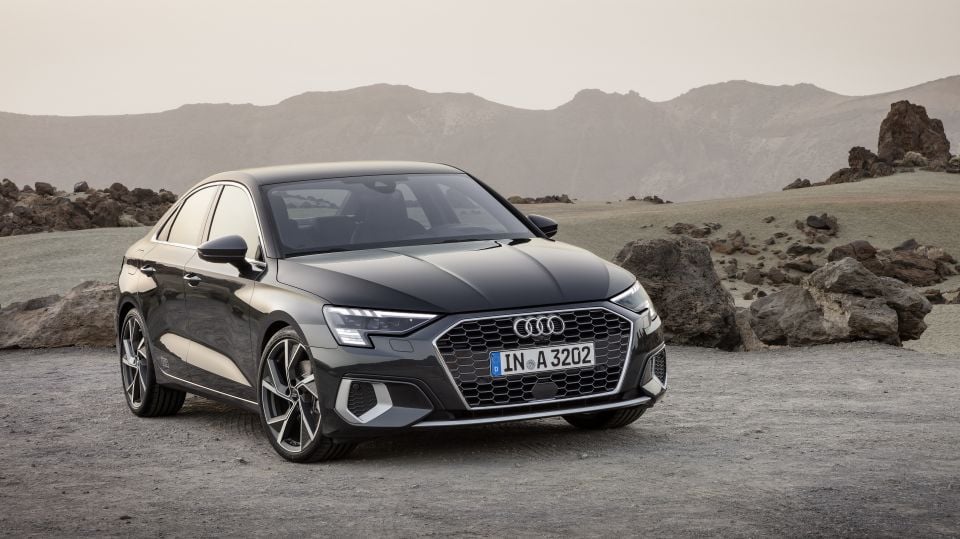
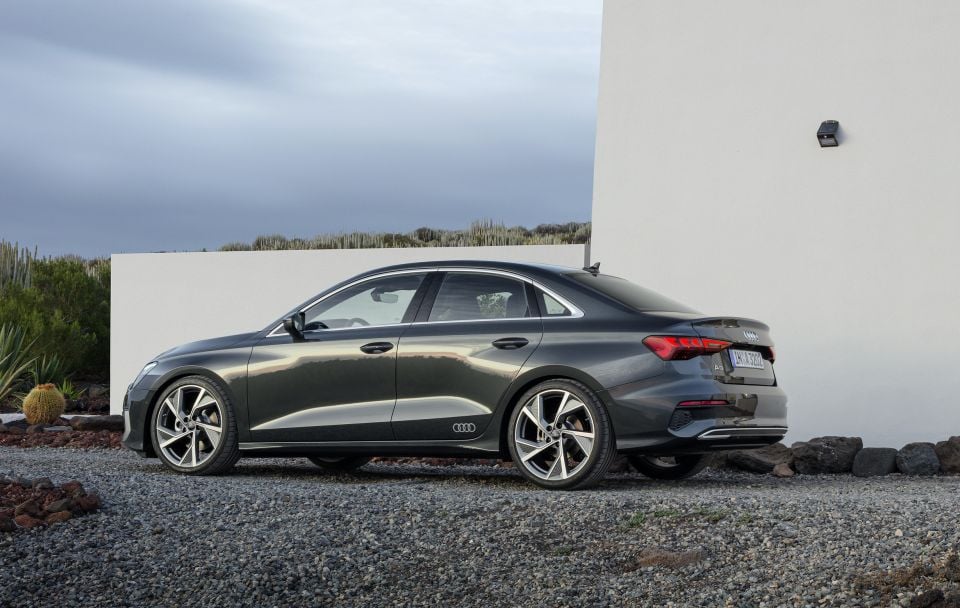
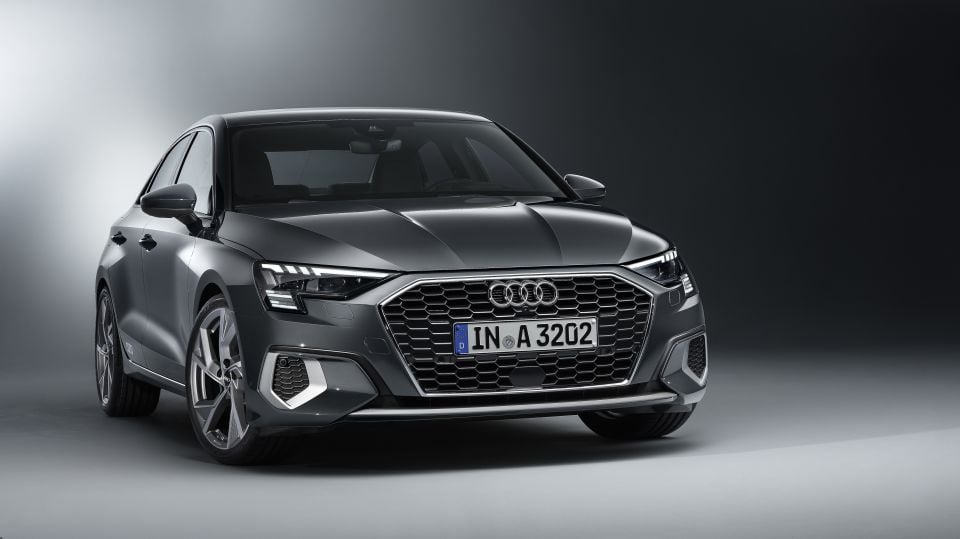
Reflecting the bolder styling language set out by design boss Marc Lichte, the new A3 sedan rocks a big hexagonal grille frame with honeycomb inlay, flanked by expressive (and optional) trapezoidal Matrix headlights, and trick daytime running lights with individually-actuated LEDs.
The side profile is dominated by the shoulder line that figuratively cuts the doors into higher and lower halves, and the flares above each wheel arch – called ‘quattro blisters’ in Audi parlance. The rear LED lights and subtle boot-lip spoiler complete the picture.
Audi claims to have made substantial aerodynamic improvements, citing a drag coefficient figure of 0.25. Features like active grille shutters, sleeker side mirrors, underbody panels, and active brake cooling all play a part.

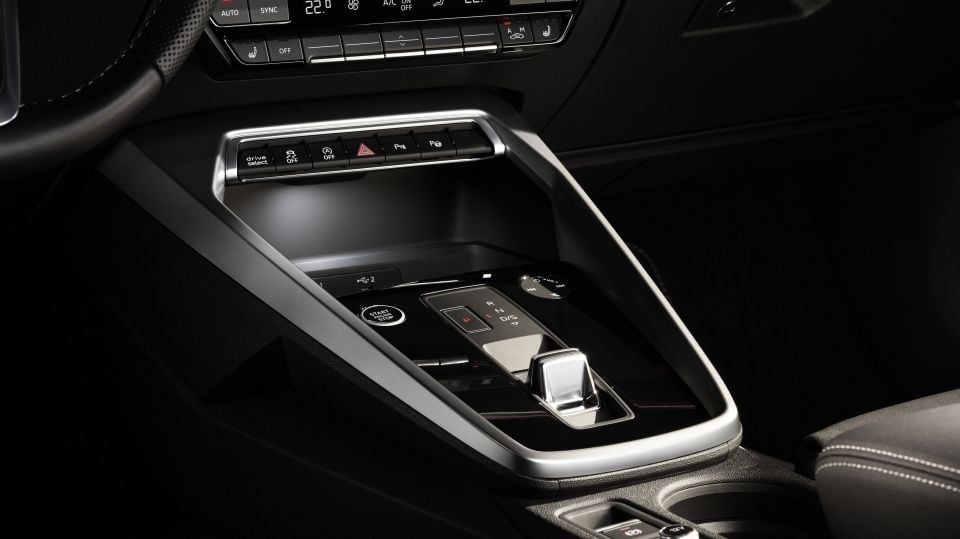
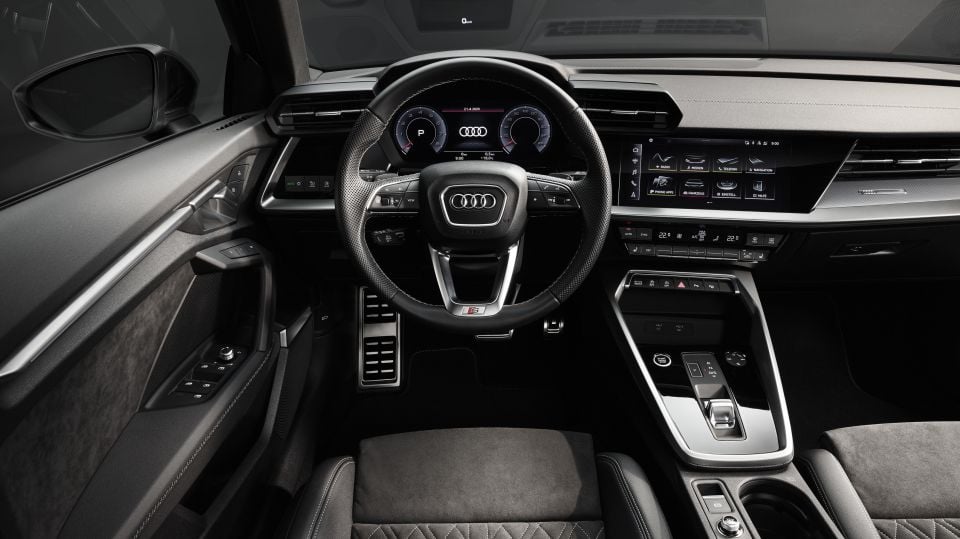
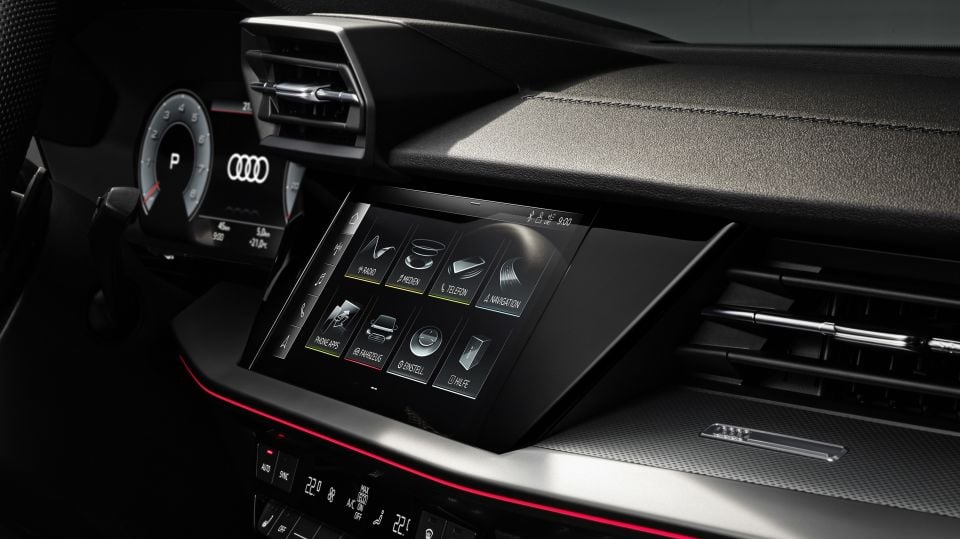
The interior looks more contemporary than the outgoing model. The 10.1-inch touchscreen is slanted toward the driver, while all grades have fully digital instruments ahead of the driver.
A 10.25-inch display is standard on base grades, while a 12.3-inch display features in more premium versions. A head-up display is an option in Europe, but Australian details aren’t yet confirmed.
Audi claims the MIB 3 infotainment system has 10-times greater computing/processing power than the outgoing MMI system. It has an onboard LTE connection, WiFi hotspots, online traffic data, natural-language voice control with access to cloud updates, and Apple CarPlay/Android Auto.
Driver-assistance tech includes camera- and radar-based autonomous emergency braking, active cruise control, lane-keeping assist, cross-traffic assist, vehicle exit warning, and a surround-view camera system.
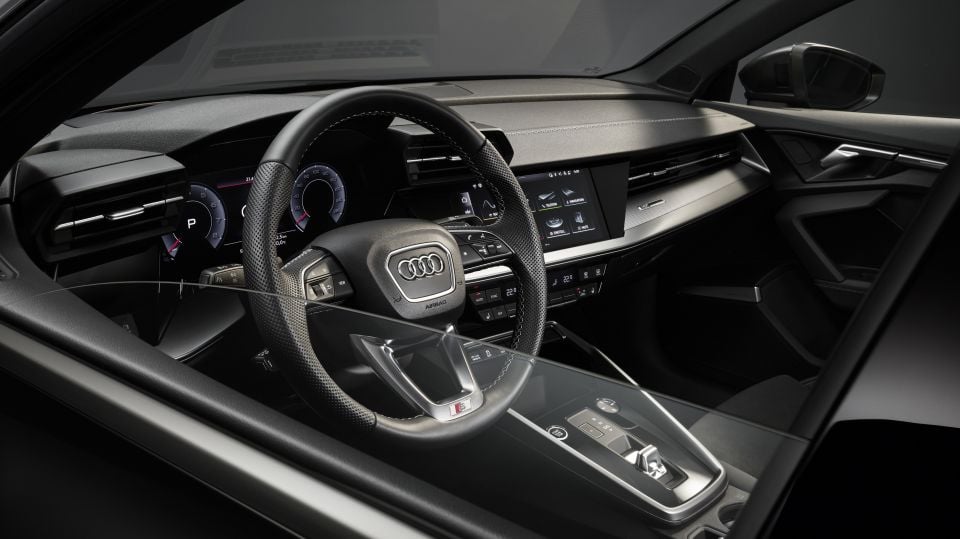
Three engines have been detailed at launch, though naturally there’ll eventually be an expansion of the range including new versions of the S3 and RS3 performance models, and likely a plug-in hybrid using the same PHEV drivetrain as the Volkswagen Golf GTE and Skoda Octavia RS iV.
The engine that’s relevant to Australia is a 1.5-litre turbo-petrol producing the same 110kW of power and 250Nm of torque as the outgoing 1.4 TFSI, mated to a seven-speed dual-clutch transmission. Europe gets a manual gearbox option, plus a 2.0-litre diesel as well.
The 1.5 petrol gets cylinder deactivation and a 48V electrical architecture to fill the engine’s torque hole with a short 50Nm boost, and drive the wheels with the engine decoupled down hills or when you’re coasting to a stop.
It also makes the idle-stop system more seamless. Audi cites fuel economy from just 4.7L/100km.
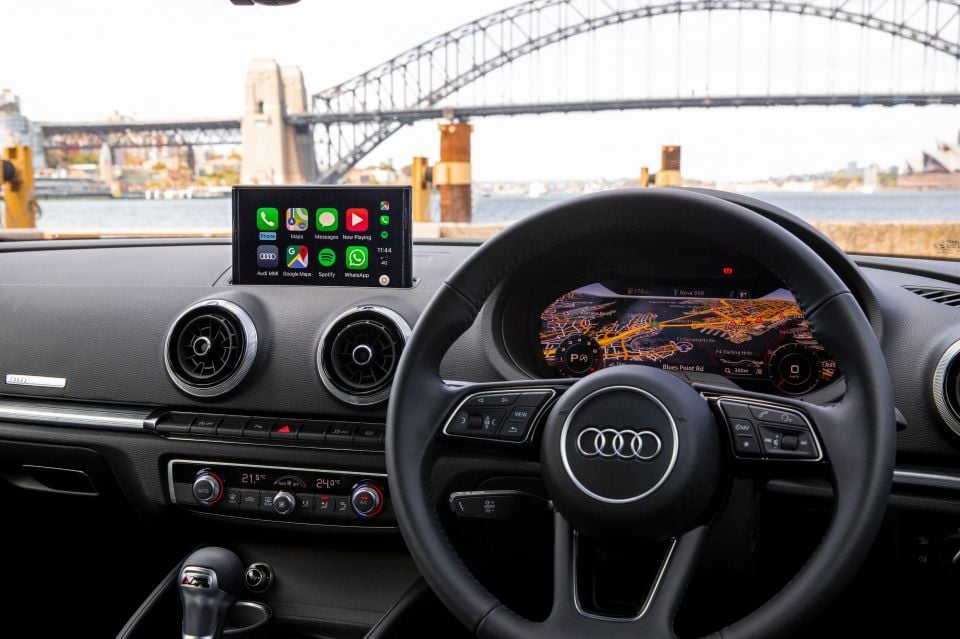

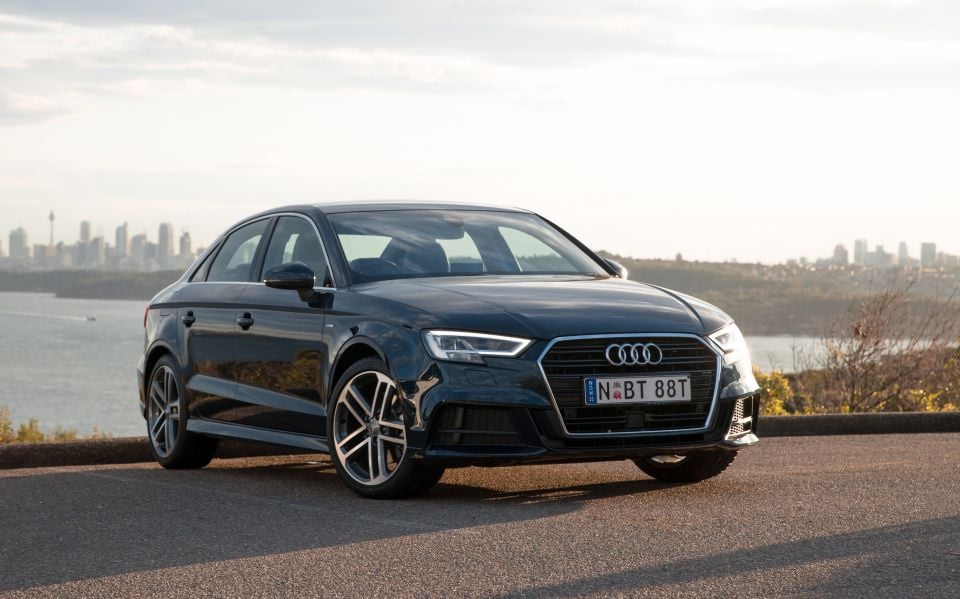

Audi claims to have tuned the suspension to offer a sportier and “touch more precise” road feel. You can option a stiffer sports suspension on fixed dampers, or active dampers linked to different driving modes, and a progressive variable-ratio steering upgrade.
While the new Audi A3 Sportback hatch is on track to hit Australia before the end of 2020, Audi’s local division says the new sedan will arrive here in the first half of 2021.
Expect a starting price of around $45,000 before on-road costs.
Where expert car reviews meet expert car buying – CarExpert gives you trusted advice, personalised service and real savings on your next new car.


Max Davies
5 Days Ago


James Wong
4 Days Ago


James Wong
3 Days Ago


Max Davies
2 Days Ago


James Wong
11 Hours Ago
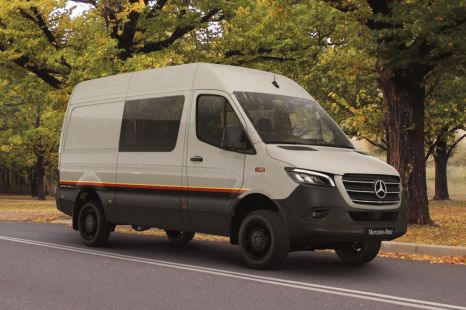

Marton Pettendy
10 Hours Ago